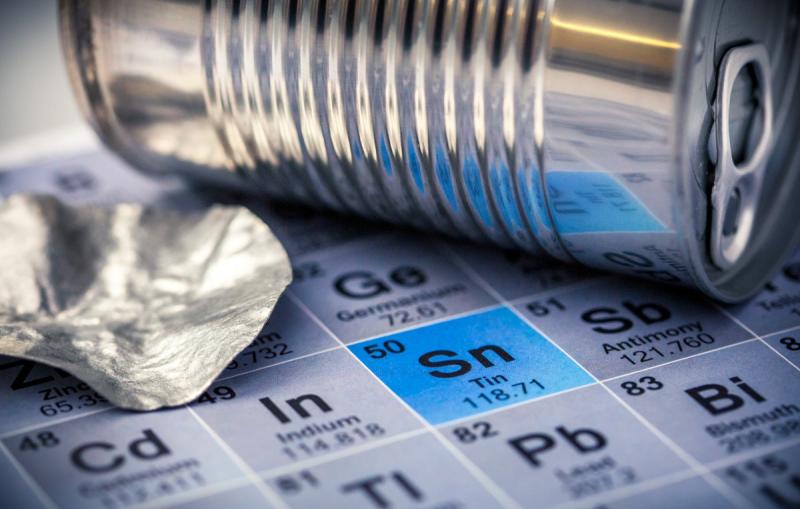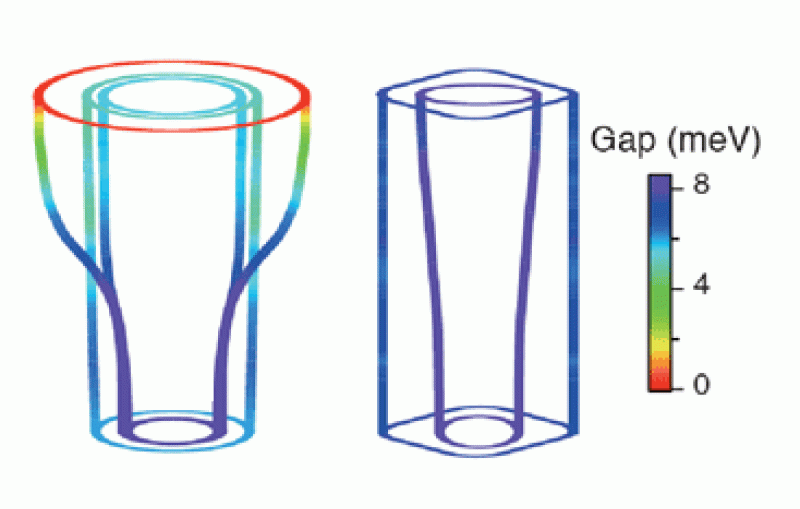Steven Kivelson, a member of SLAC’s Stanford Institute for Materials and Energy Sciences, has been named a winner of the 2012 John Bardeen Prize, in recognition of his theoretical research that has provided significant insights into the nature of “unconventional”...

